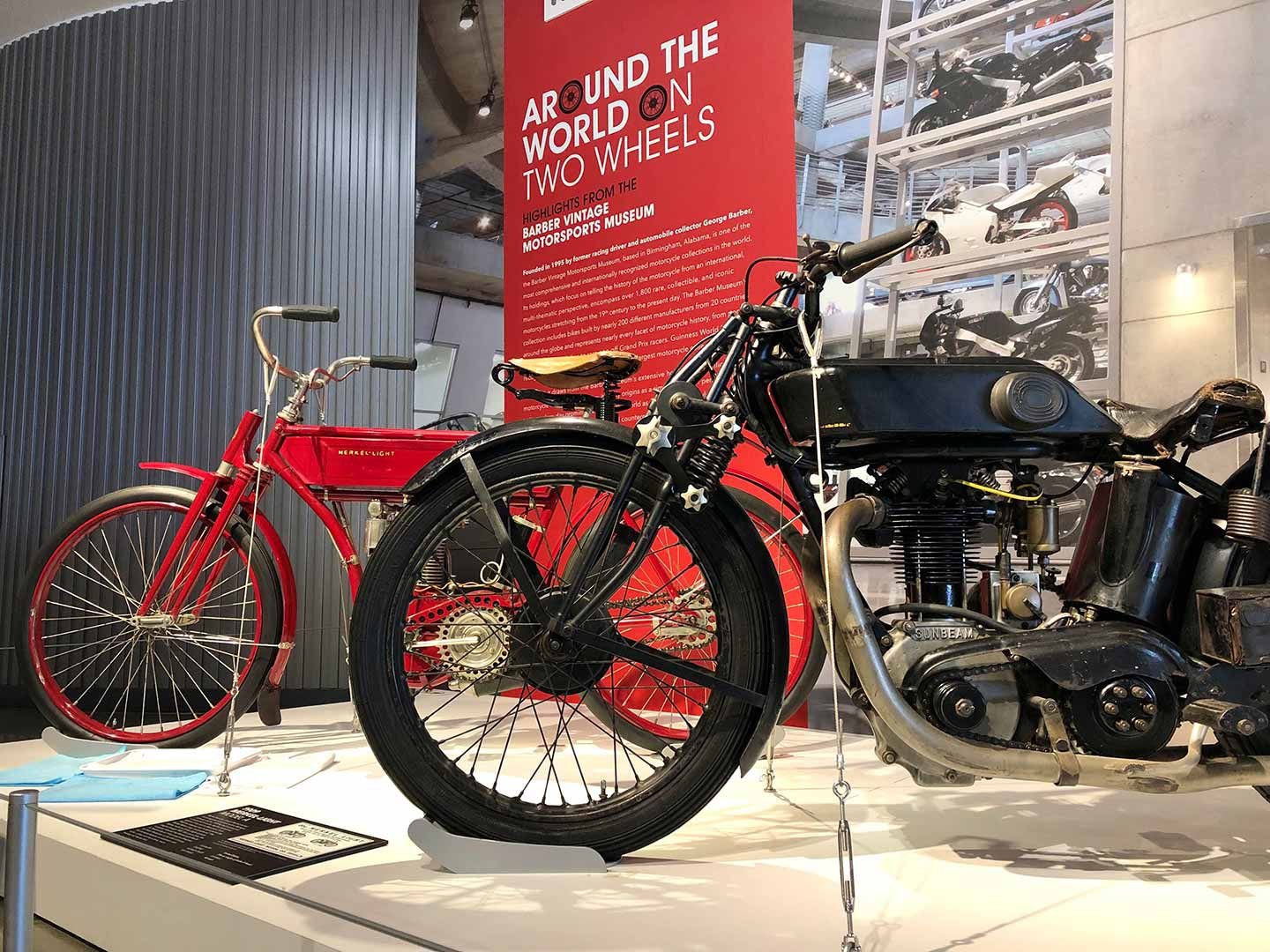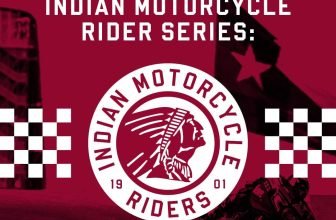
[ad_1]

For those who’ve been to the Barber Vintage Motorsports Museum, you already know what a formidable assortment of meticulously restored steel is housed in that sprawling 250,000 square-foot compound. In actual fact, it’s been acknowledged because the world’s largest motorbike museum, no less than based on the Guiness Ebook of World Data, circa 2014. However Leeds, Alabama–primarily based Barber can be located a fairly lengthy methods from the West Coast, so once we heard an exhibit of choose bikes curated from its two-wheel trove was opening on the Petersen Automotive Museum in Los Angeles, we hightailed it right down to Southern California to settle in for some severe gawking.
Associated: Inside The Barber Vintage Motorsports Museum’s Restoration Shop

This exhibit, which is specified by the Richard Varner Household Gallery on the Petersen Museum’s second flooring, attracts from the Barber Museum’s intensive holdings to hint and spotlight the event of the motorbike, from its earliest beginnings as a way of private transportation to its extra trendy interpretations as a racing machine, workhorse, commuter car, and naturally, a styling and design assertion.
With that in thoughts, it’s straightforward to see why this grouping of bikes is so mind-bogglingly numerous; machines that run the gamut from one-off Grand Prix racers to in style manufacturing streetbikes to century-old examples of a less complicated bygone period.

After all, the Petersen itself isn’t any slouch on the subject of world-class museum venues, however as of late a lot of the autos inside are of the four-wheel selection. However, the stroll as much as the second flooring the place the Varner Gallery is positioned remains to be an eye-opening expertise for any motorhead, two-wheel or 4.
Associated: Electric Revolution Takes Over The Petersen Museum

After working the gauntlet of 1932 Ford Roadsters and traditional Studebakers, you arrive on the Barber exhibit the place bikes are completely organized in a semblance of chronological order, full with data plaques displayed under. Kicking off the early years up entrance are examples just like the 1905 Indian Single, a 1909 Merkel-Mild, and a 1928 Sunbeam Mannequin 80 TT, with latter-day bikes represented by Jake Zemke’s ripping Honda CBR600RR race machine and different championship-winning superbikes.

The remainder of the bikes are available in all kinds of flavors, together with manufacturing facility prototypes, customs constructed particularly for Barber, and manufacturing machines that you could possibly put in your storage in the present day. The place was packed once we attended, with a lot of of us crowding across the row of modern-era bikes lined up towards an extended wall on the again.

Though the exhibit represents only a snapshot of Barber’s large holdings (a mere fraction of the some 1,800 bikes that facility owns), it’s however an interesting and concise take a look at the world of motorcycling. For those who’re within the space—say in your approach to the Born-Free show in June, or possibly heading up north to catch the MotoAmerica Superbikes spherical at Laguna Seca in July—the present could be a worthy cease in your itinerary.
It’s right here till March 2, 2025, so that you’ve bought loads of time to journey on over to LA.







[ad_2]
this Article is Supply FromSource link






